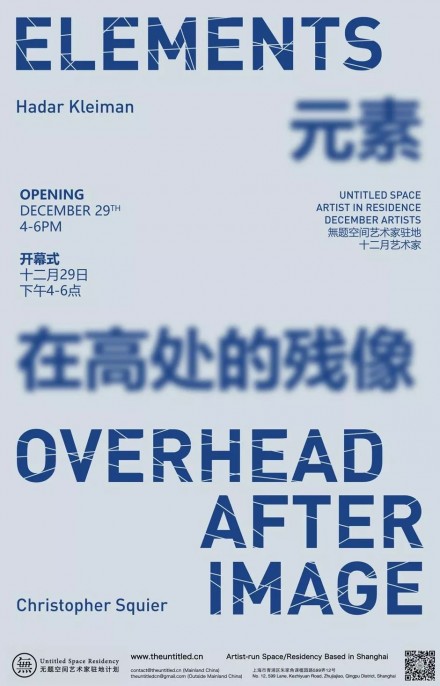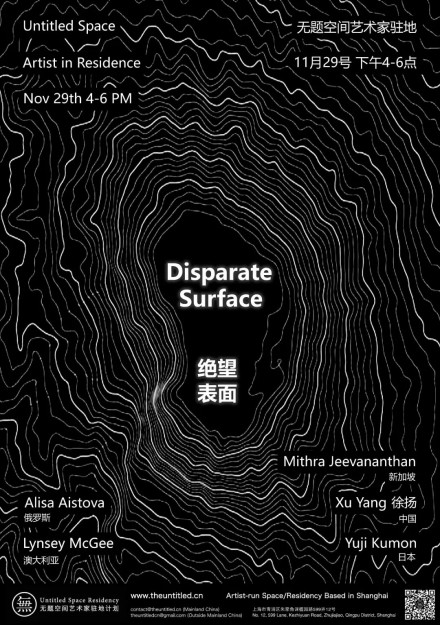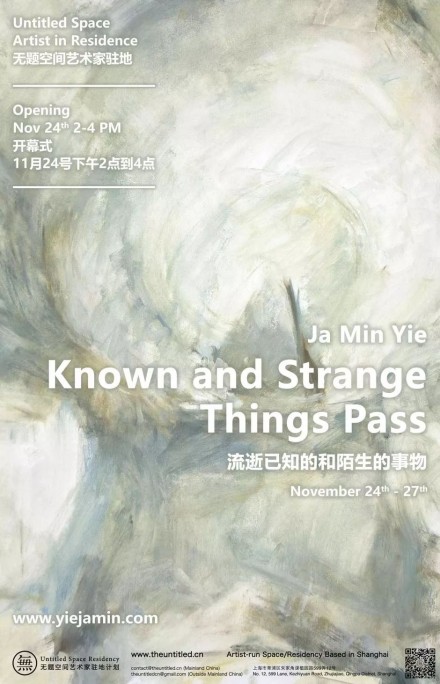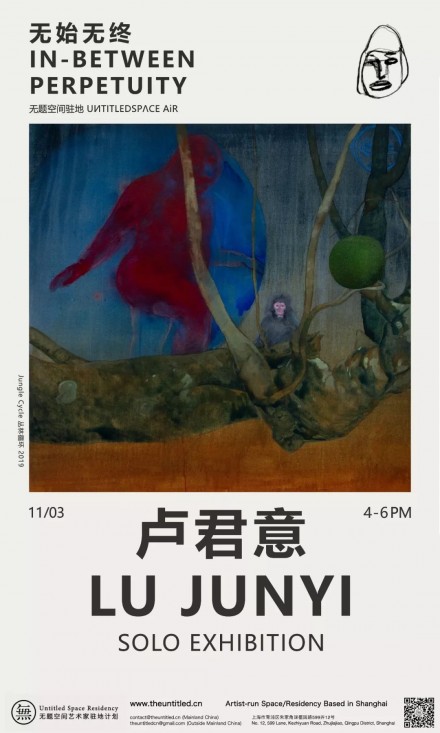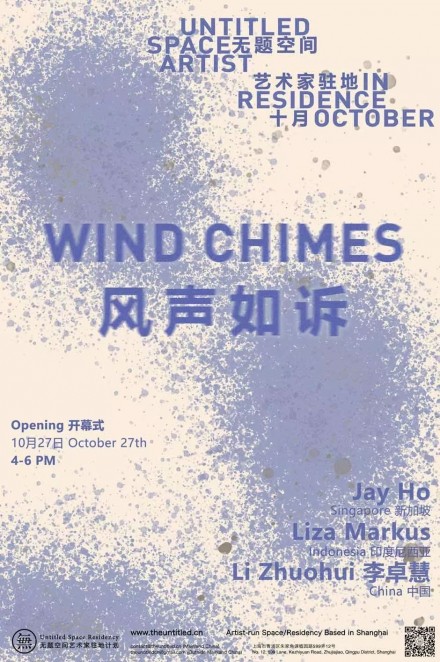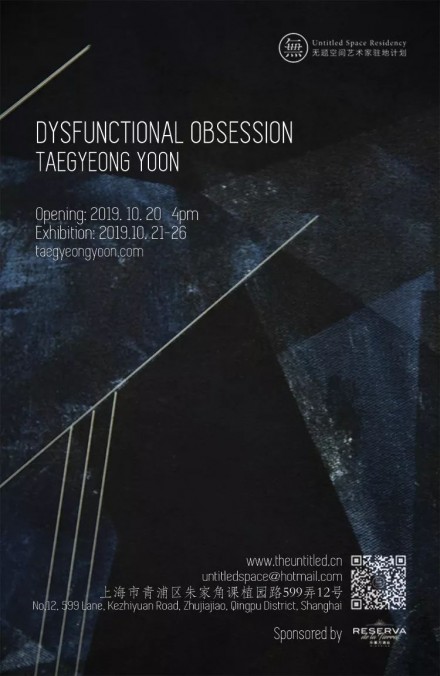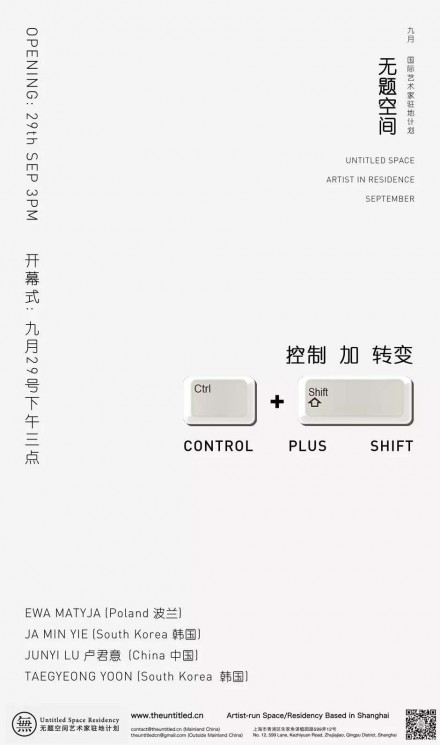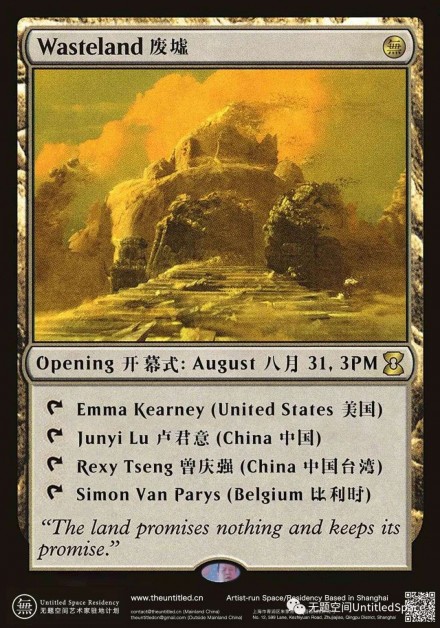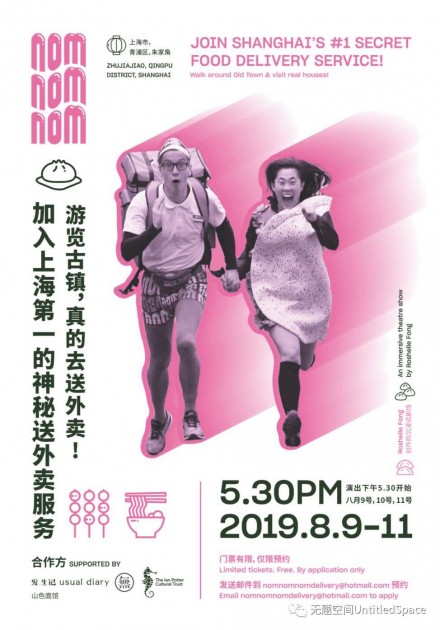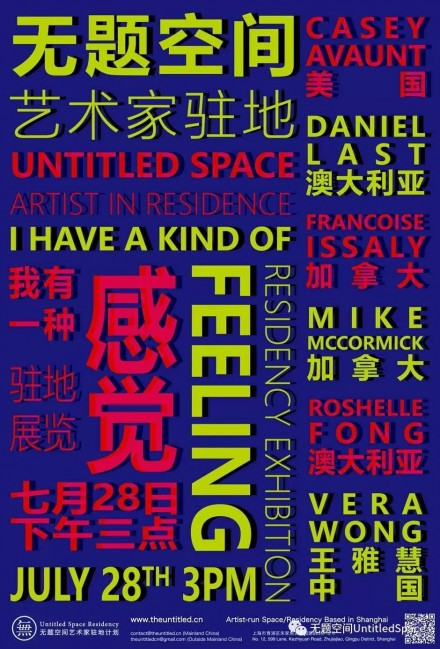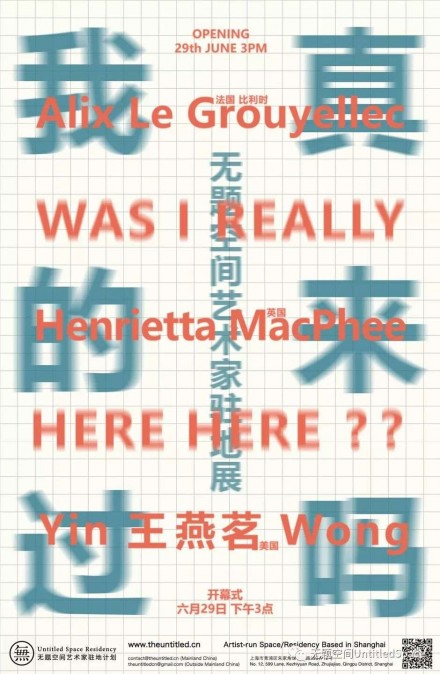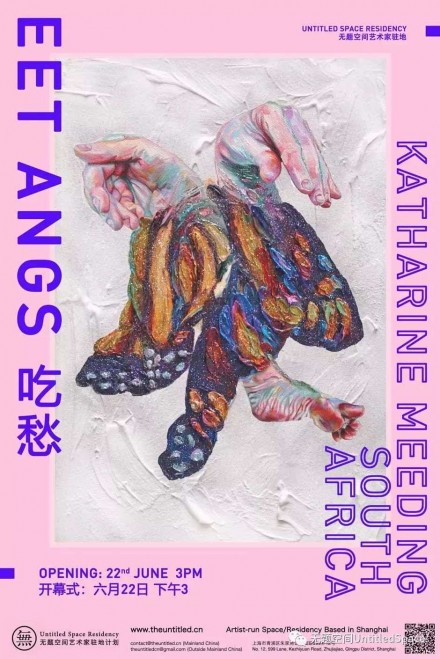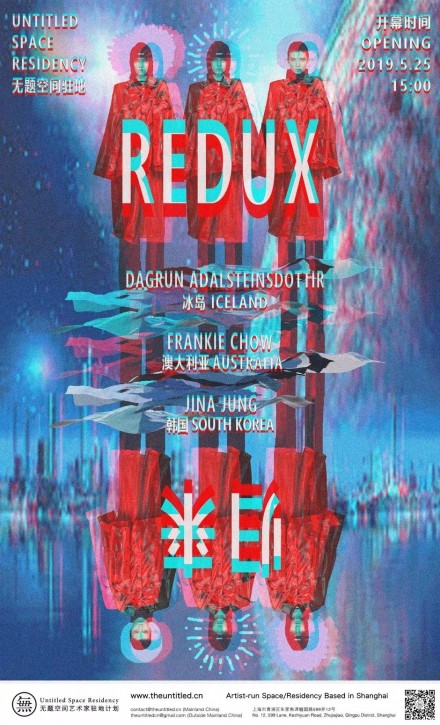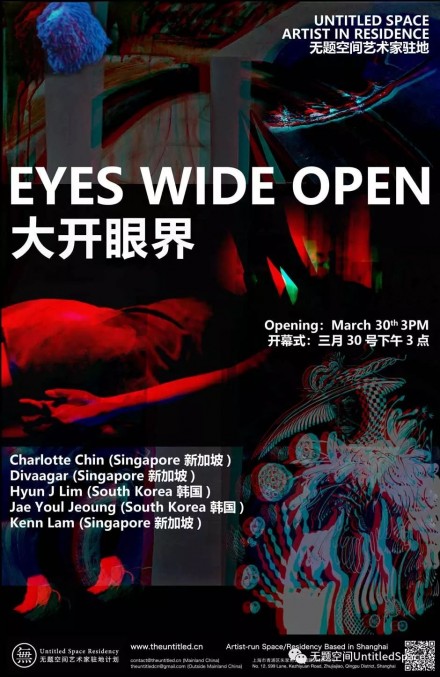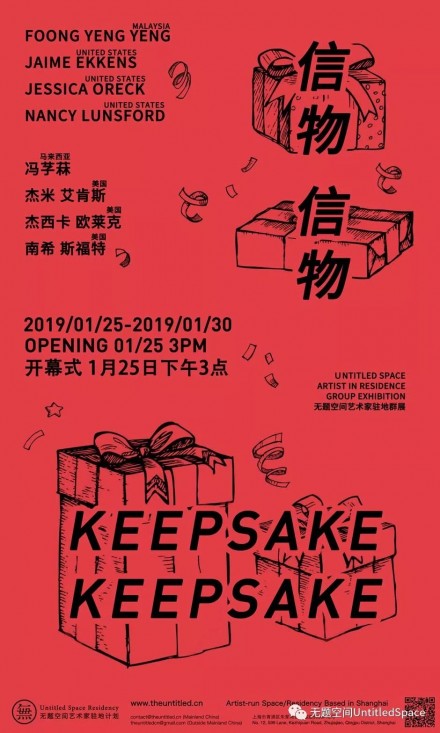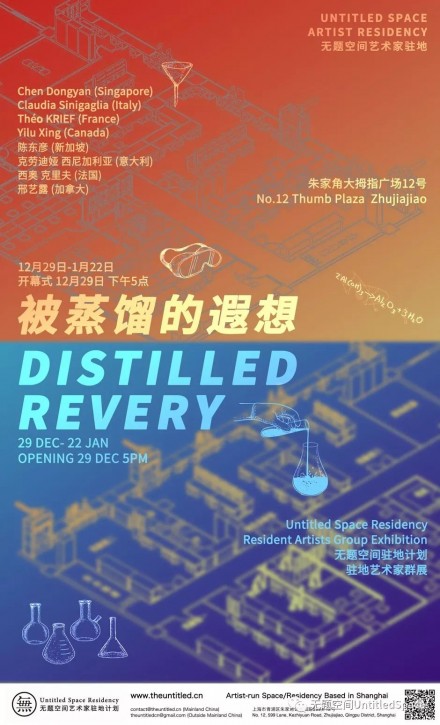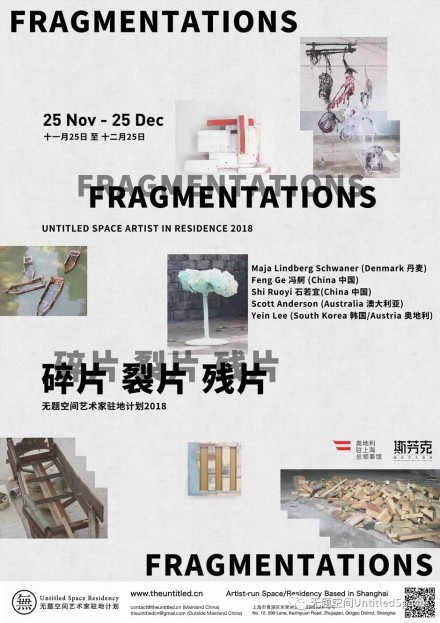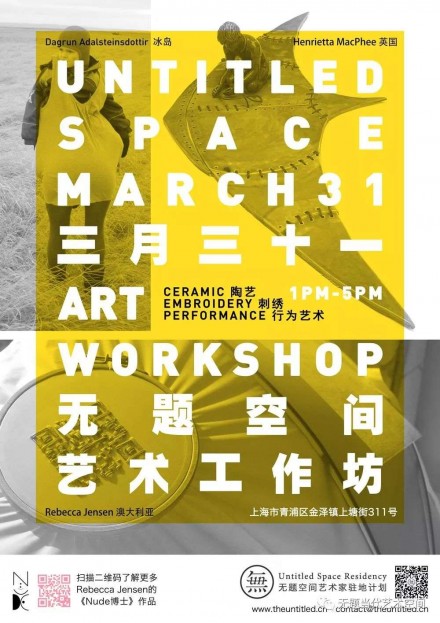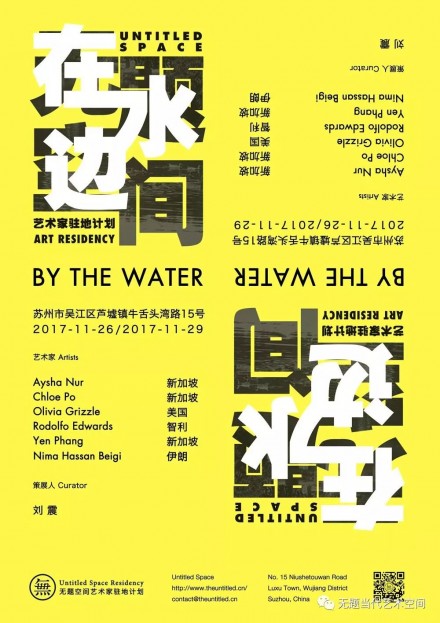ACENTRICSPACE十二月新展
陈立个展
人造物之神
开幕时间:2023年12月03日(周日)下午3点-5点
展览时期:2023年12月03日 – 12月19日
ACENTRICSPACE December Upcoming Exhibition
Li Chen‘s Solo Exhibition
Haunting Artificial Landscape
Opening: December 3rd (Sunday) 15:00 – 17:00, 2023
Duration: December 3rd to December 19th, 2023
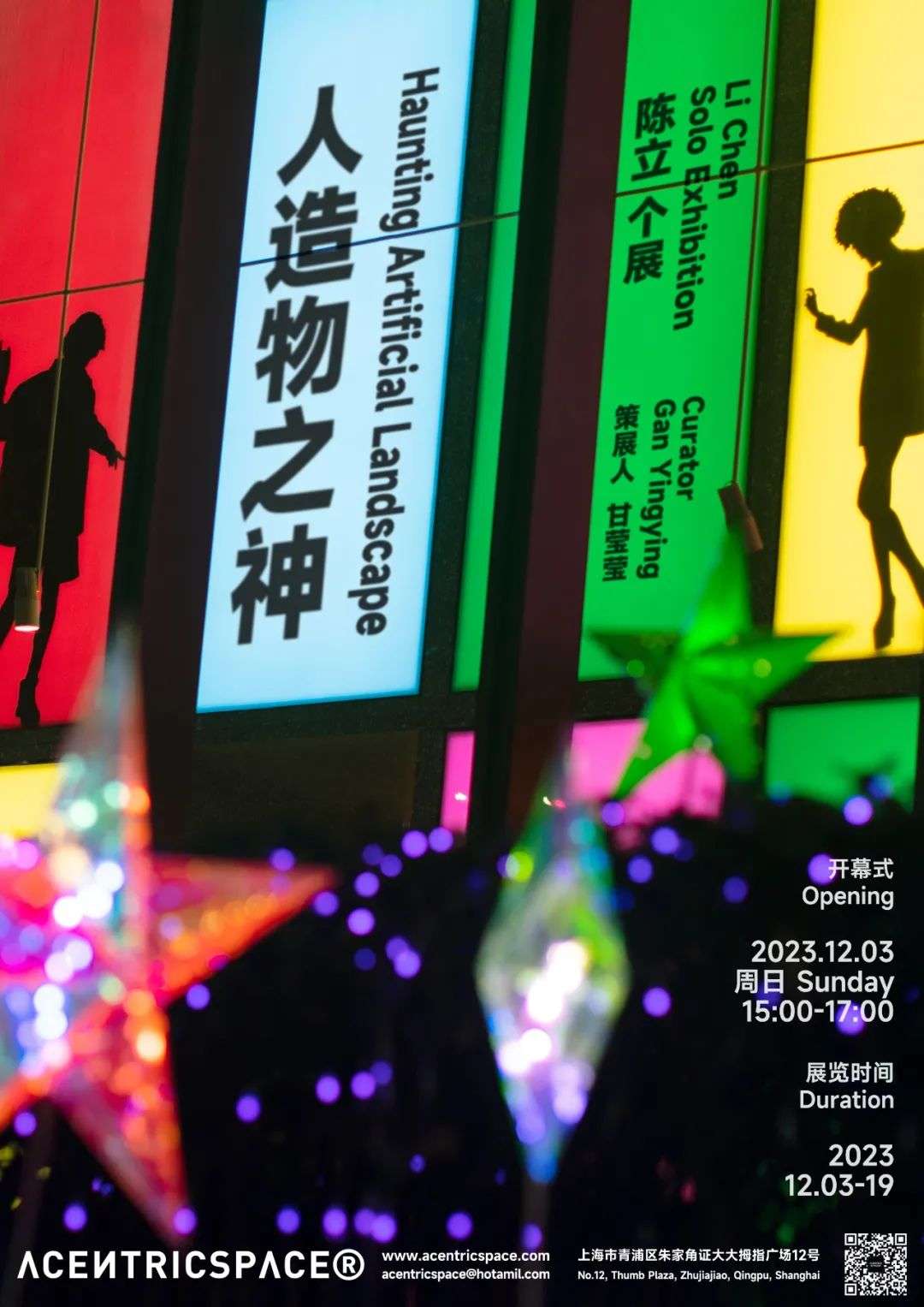
前言 Introduction
在一个气压很低的夜晚,陈立和我聊起了“Haunting”,这个英文词汇,通常从逝者的角度,指心愿未了的灵魂在肉体消亡之后仍然在世间游荡徘徊的状态;但对于生者而言,这个词意味着,相信仍然有某一种看不见的、让人惊恐可怖的力量,就像鬼魂的故事一样,仍在某一个空间和区域滞留,甚至,在这一片区域所生存的人,都共同相信这一种力量的存在,只是不知道是过于惊恐而无法与人言说,还是因为无法与人言说,而使得“它”更为让人忌惮。
陈立有着丰富的制作电影和纪录片的经验。当中,那些没有人的空镜头最让她着迷,她说,在诸多限制的制作环境中,空镜头是满腔述说的欲望、多义复杂的情绪可以自由流淌的空间,于是把这一种喜好,转移到了摄影和写作的实践上。
本次展览中,第一个系列作品《故事之场》就可以看出她尝试的一次谨慎又复杂的实验。这个作品的出发点带有纪录片的色彩,田野调查、采集女性居民的个体口述历史,再据此去采集图像(mapping)。与纪录片不同,她并不是真正地要用图像去记录和证实某件事情的存在,反而挑选了一切主旋律被夜色淹没的时段,用闪光灯去照亮那些她认为接近口述史中的“灵魂”的东西。除了“她的故事外”,这个系列还包含了“他的故事”——用拍摄到的具有历史意义的照片去联想重述(rewrite)新的“历史”;以及“我的故事”,作为一个局外人以及人类共同体,在介入其中的时候发生的故事。
这个作品中关注了被抑制的共同回忆,但艺术家没有强行代替所有人说话,而是去做了实地采访,重视个体历史,并讨论了不同的性别与身份在口述历史与书写的历史中的权利差异,以及她作为一个旁观者、亲历者,又在其中扮演什么样的角色,并与前面二者进行对话。这个行为很像是开头提到的“Haunting”,即她听了“鬼”故事之后,去探访闹鬼的房子,而且她还要在那些房子中,去挖掘更多的故事,再把自己来探访的事情,又写成新的“鬼故事”。
在《夜行I》这组作品中,她用投影在纯黑的展厅中,轮流播放着七组图片,每一组图片由一张文字和四张黑白的照片,是近两年来她在居住的大都市城郊夜晚散步时拍摄的城市图景。在这些照片中有时候可以偶尔看到一两位附近的居民,坐在路边看着手机,或者骑着摩托着停下来在草地上不知所以地呆站着,他们的身影在空旷的郊外道路与亮如白昼的路灯下显得格外的孤独和疏离。除此之外,依然是大量的看似有人,却一个人影也没有出现的,亮满灯的大楼,拖拉机的驾驶室,遗落的物件……这些都让人想起了某个共同经历过的时刻。而搭配着这些照片的文字,用第一人称叙述,夹杂着半虚构、半自传式的故事描述,有一些是她根据自己拍摄的场景的想象,有一些是她的亲身经历,但不管是哪一种,都能感受到一位“主角”在照片所笼罩的夜色的保护下,将生活中的脆弱随着路灯徐徐倾泻,这种个体的记忆逐渐凝聚成一种集体记忆,再慢慢随着夜的加深而渗透入观者的肌肤,变成一种冰冷的温度。
《夜行II》这组作品在色彩上显得要热闹得多,这些色彩是源自于城市中的霓虹色的景观灯及广告屏,它们打亮了城市中的景观——历史建筑、雕塑、新建的大厦、行道树、灌木……陈立将它们统称为“人造物”,诡谲的光线中,“人造物”们被赋予不属于它们的颜色,树变成了粉红色,雕塑变成了紫红色,大桥底下变成了血红色……在仰视的角度中,它们逐渐变成“神”,一些曾经“存在”的历史与都市中正在发生的历史在这些灯光塑造的舞台上同时闪烁上演。艺术家在自述中说道,“它就像在⼤⻬唱⾥逃逸出来的⼀个跑调的声⾳,它是灵动的、淘⽓的、漫不经⼼的。我想,它是⼈造物之神在显灵。”同样在这一组作品中,文字也是很重要的一部分,短短的一行字提醒了观众带着思考和觉知,在这些看似随机的照片中漫步。
陈立所实验的对于电影的解构方式,同样探索了电影的虚构与摄影的真实,但与近些年来在美术馆与独立电影节中大行其道的实验性短片的操作方式相反,她把空镜头这一个部分拆分出来,变成静止的幻灯片,在黑暗的展厅中,进行了一次图片、场域、时间三轴所构成的蒙太奇实验。在切换幻灯片的间隙中,观众可以陷入短暂的黑暗,就像进入了“闹鬼”的房子中,沉浸在文本构成的叙事语境中,思考那些空镜头之外,无法被释放出来的主要镜头到底为何。那些穿梭于虚构与真实、过去与现在、曾经被编造以及现在仍然被制造的“鬼”与那些“人造物”的“神”逐渐重叠,就像铜塑偶像的光影两面,可以歌颂的与不可明说的,逐渐融为一体……
Haunting Artificial Landscape
On a night with very low atmospheric pressure, Li Chen and I talked about “haunting”. From the perspective of ghosts, haunting refers to the returning of souls with unfinished wishes after their bodily death; for those still alive, “haunting” means believing in an invisible, unsettling energy that still permeates a certain space. Even the people who live in this area believe in the existence of this energy. But they cannot speak out due to fear.
Li Chen has rich experience in making films and documentaries. She is most fascinated by empty shots or shots without people. She said that in the restricted production environment, empty shots create a space where the desire and the complex emotions can flow freely. Therefore, she transferred this interest to her practice of photography and writing.
In this exhibition, the first series of works, “The Site of Stories”, can be seen as a cautious and complex experiment. The work started with a somewhat documentary approach: field investigations, collecting individual oral histories from female residents, and then collecting images based on these histories (mapping). However, unlike documentaries, she did not use images to record or verify the facts. Instead, she chose to take photos in the dark when the neighborhood was submerged in darkness, using flashlights to illuminate what she considers the “specters” connected to the past. In addition to “her story,” this series also includes “his story” – writing with photos to re-imagine and retell new “histories”, as well as “my story” – the story that she experienced when trying to intervene as an outsider.
This work focuses on the repressed collective consciousness, but the artist does not forcefully speak for everyone. Instead, she conducted field interviews, valued individual histories, and addressed the gender difference in telling history, both oral and written. She also explored what role she plays as an observer and participant. The practice is linked to the mentioned “haunting” at the beginning – after listening to “ghost” stories, she would visit haunted houses, and in these houses, she would dig out more stories. Then, she would write her own experiences as new “ghost stories”.
In the series “Night Wander I”, even sets of images are projected in a pitch-black exhibition space. Each set consists of one piece of text and four black-and-white photos. These photos were taken during her walks at night in the city suburbs over the past two years. You can occasionally see one or two nearby residents sitting by the roadside, looking at their phones, or standing on the grassy field in a daze. Their figures appear lonely and detached on the empty suburban roads under bright streetlights. Moreover, there are many empty shots: brightly lit buildings with no one appearing, tractor cabins, abandoned objects, etc. All remind the viewer of some shared moments of their own memory. Accompanied by these photos are texts written in the first person, mixed with half-fictional and half-autobiographical storytelling. Some are based on her imagination of the scenes she photographed, and some are based on her personal experiences. But regardless of which kind, one can feel that a “protagonist” is covered by the darkness, pouring out the fragility of life along with the streetlights. This individual memory gradually condenses into collective memory, slowly penetrating the viewer’s skin as the night deepens, becoming a cold temperature.
The series “Night Wander II” appears to be more vibrant in color. These colors come from the neon landscape lights and advertisements in the city. They illuminate the landscapes in the city – historical buildings, sculptures, newly built buildings, roadside trees, and shrubs. Chen collectively refers to them as “artificial landscapes”. In the eerie light, these “artificial landscapes” are given colors that do not belong to them. Trees turn pink, sculptures turn purple-red, and under the bridge, some turn blood-red. From an upward perspective, they gradually transform into “specters”, where historical events that once “existed” and those happening in the city overlap and twinkle on this stage shaped by lights. The artist said in her statement, “It’s like an out-of-tune voice in a harmonious choir, agile, mischievous, and careless. I think it is the apparition of the specter of the artificial landscape.” In this series, texts are also an important part. A short line of words traveling across the spaces between photos invites the audience to speculate while looking.
Chen uses an experimental method of deconstructing films to explore the intersection of cinema fiction and photography reality. Her approach differs from those frequently used in experimental short films shown in art galleries and independent film festivals. Instead of presenting empty shots in their original form, she transforms them into still slides. As the slides turn, there are moments of darkness where the audience can feel like they are entering a haunted house. This immersive experience allows them to delve into the image-text narratives, contemplate the meaning behind the empty shots, and imagine the absent, possible main shots. Fiction and reality, the past and the present, the fabricated and the manufactured, gradually blend, transcending the invisibility and unspeakable.
艺术家 The Artist

陈立是一位视觉艺术家、纪录片导演、创意制作人。先后毕业于澳大利亚格里菲斯大学电影制作专业,英国伦敦大学电影策展专业。现于苏黎世艺术大学进行博士预科艺术研究。
她在三岁时随父母搬到深圳,在新城市长大的经验使她对归属认同和历史缺失之间的紧张关系产生了兴趣。她作品的主题常常围绕历史、记忆和情感之间复杂的关系,以及它们在当代中国城市景观中的表达。
她的跨学科实践结合了摄影、写作、视频和装置艺术。她深受慢电影的影响,追求将电影“空镜头”转化为开放形式的叙事材料,并探索图像与文字之间的关系,使看不见的东西变得可见,使无法言说的东西变得可言说。
Li Chen is a visual artist, documentary director, and creative producer. She studied film production at Griffith University and film curating at Birkbeck, London University. Now she is a pre-PhD artistic researcher at Zurich University of the Arts.
She moved to Shenzhen with her parents at the age of three. Growing up in a new city, she became interested in the tension between belonging and the lack of history. She is interested in the complex relationship between history, memory, and feeling and how they express themselves in the urban landscape in contemporary China.
Her transdisciplinary practice combines photography, writing, video, and installation. Influenced by slow cinema, she transforms the filmic empty shot (kong jingtou) into material for open-form storytelling, which allows for making visible the invisible and making speakable the unspeakable.
策展人 The Curator
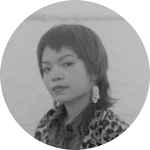
甘莹莹 生于广西,现居上海。独立摄影师、撰稿人、策展人。毕业于英国创意艺术大学摄影系(硕士)。
她的策展项目曾在国内的摄影季、美术馆以及摄影空间内展出,包括“起伏” (2018,集美·阿尔勒国际摄影季)、“‘近拟遐远’-蒋涵萱个展”(2019,厦 门三影堂艺术中心)等,“‘徒劳地幻想一片荒原’-易雅静个展”(2023,太和艺术空间,北京),“‘幻象制造者’-蒋涵萱个展”(2023,ACENTRICSPACE,上海)等。她与周一辰的策展团队入围2023年集美·阿尔勒影像策展人奖,并将于今年12月角逐大奖。
担任2021冶山艺术驻留项目艺术总监,2019 清涟龙寺艺术驻留计划项目总监、策展人,2018 终南山艺术驻留计划·冬策展人,参与致力于关注女性影像视觉艺术创作与交流的公益项目,帮助女性影像视觉创作者提供创作与交流的常态化平台。自2016年起担任上海酷儿影展(Shanghai Queer Film Festival)的短片统筹,2019年作为项目经理搭建NOWNESS主办“Nowness天才计划”,挖掘中国本土优秀短片人才。朱家角艺术家平台“不急宇宙”主创之一。
Gan Yingying was born in Guangxi and currently lives in Shanghai. Independent photographer, writer, curator. Graduated from the University of Creative Arts, UK with a Master’s degree in Photography.
Her curatorial projects have been exhibited in photography festivals, museums, and photography spaces in China, including “Fluctuation” (2018, Jimei x Arles International Photo Festival), “’The Nearest Distance’ – Jiang Hanxuan Solo Exhibition” (2019, Xiamen Thress Shadows Xiamen Art Photography Centre), “It is in vain to fantasise a wilderness: Yi Yajing Solo Exhibition” (2023, Taihe Art Space, Beijing), “’Manufactors ‘: Jiang Hanxuan Solo Exhibition” (2023, ACENTRICSPACE, Shanghai), etc. She and Zhou Yichen’s curatorial team have been shortlisted for the 2023 Curator Award for Photography and Moving Images and will compete for the award this December.
As the artistic director of the 2021 Yeshan Art Residency Program, the project director and curator of the 2019 Qinglianlongsi Art Residency Program, and the curator of the 2018 Zhongnanshan Art Residency Program Winter Festival, he participates in public welfare projects dedicated to the creation and exchange of women’s image visual arts and helps female image visual creators provide a normalized platform for creation and communication. Since 2016, he has been the short film coordinator of the Shanghai Queer Film Festival, and in 2019, he served as the project manager to build the“New Talent Award” organized by NOWNESS, to help discover outstanding local short film talents in China. One of the main creators of Zhujiajiao’s artist group is “Bujism”.
No. 16, from Night Wander II
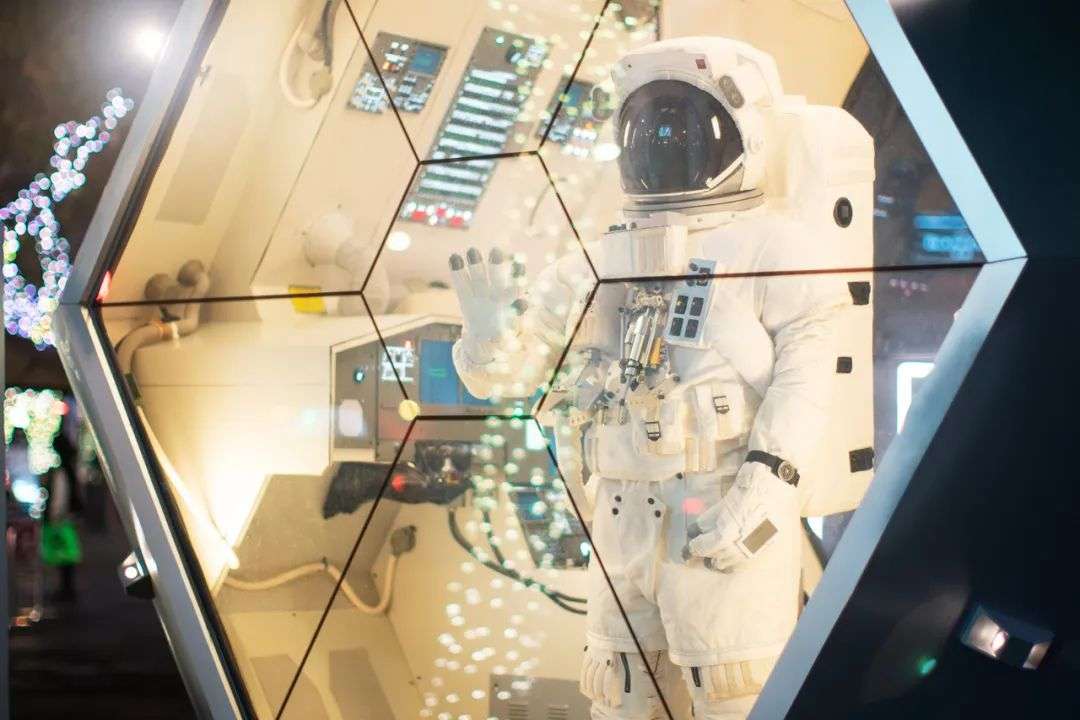
No. 16, from Night Wander II
The Third Frame, Chapter 1, from Night Wander I
Her Story No.2, from The Site of Stories



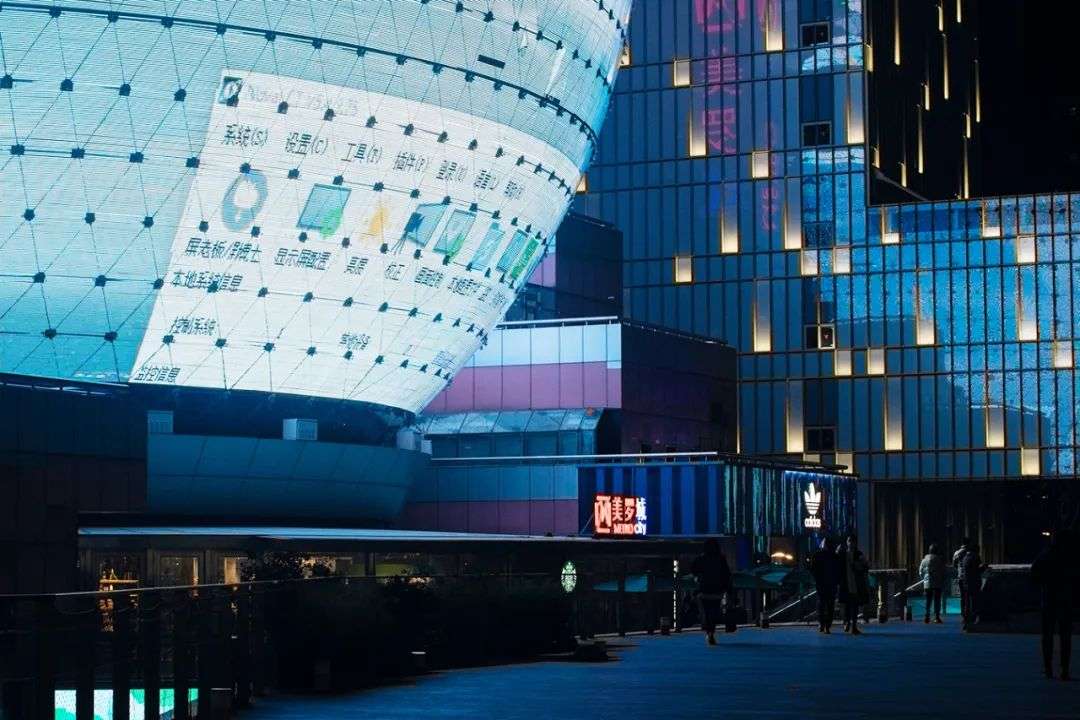

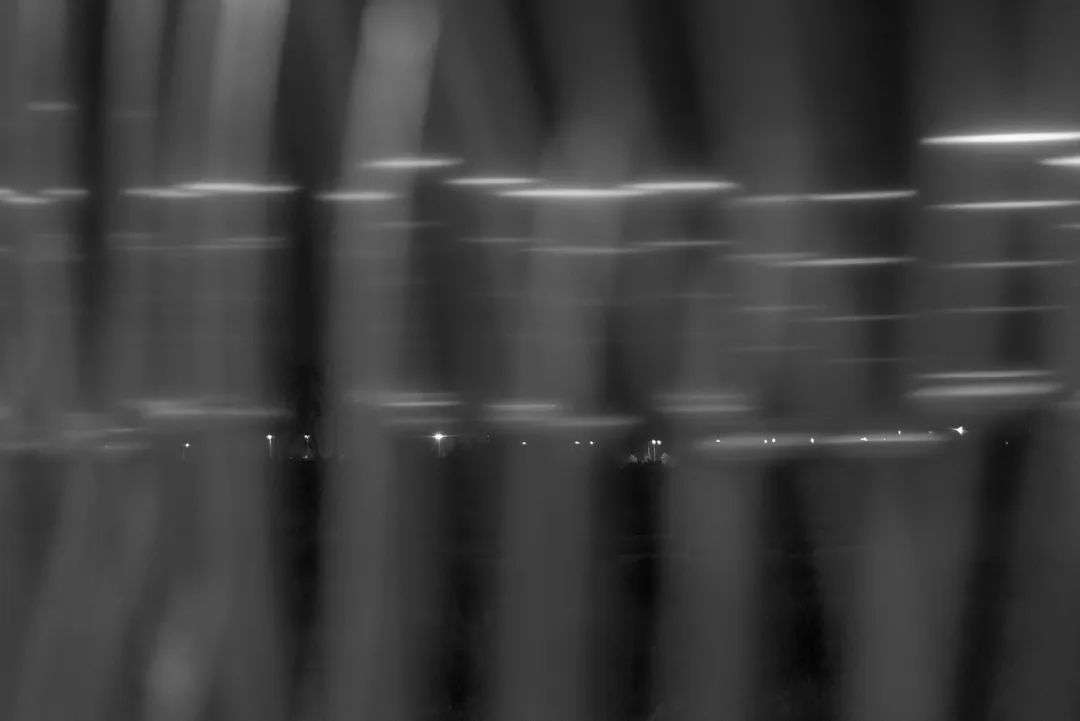
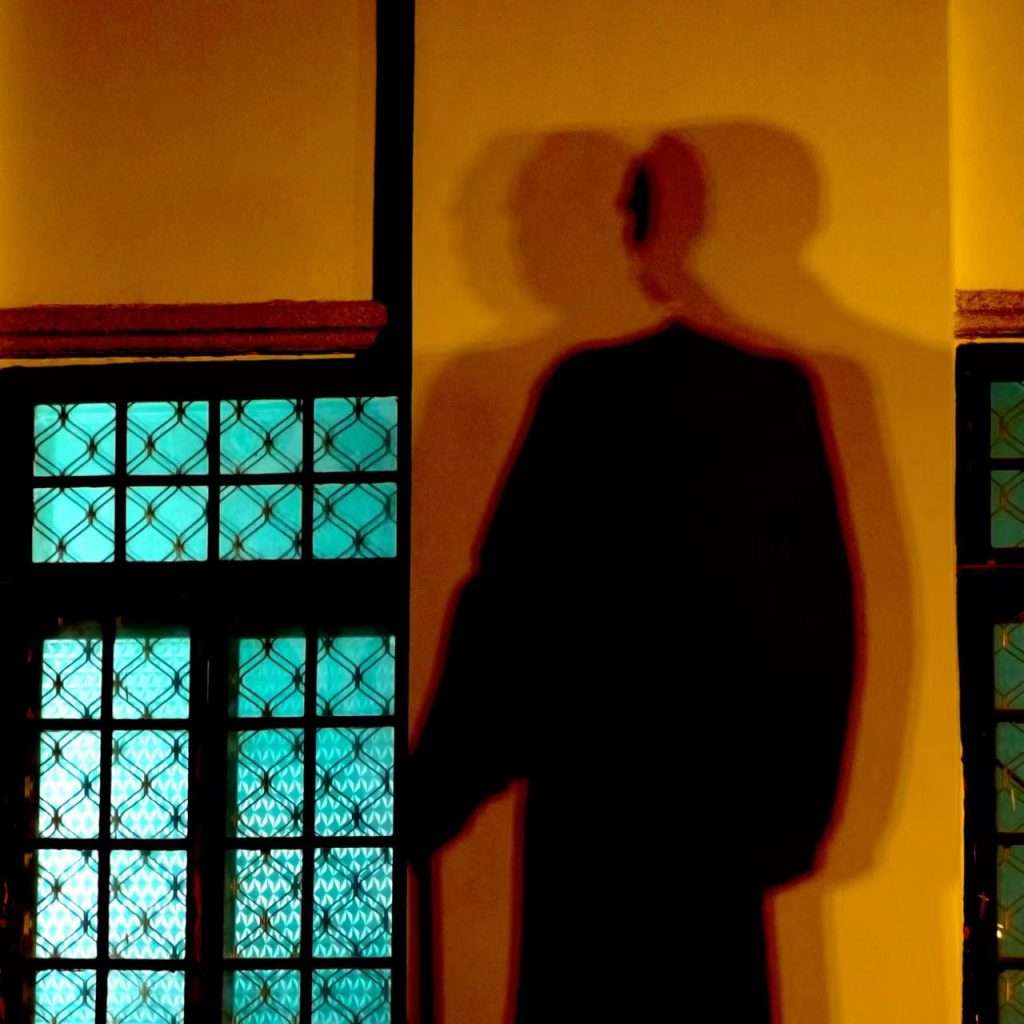

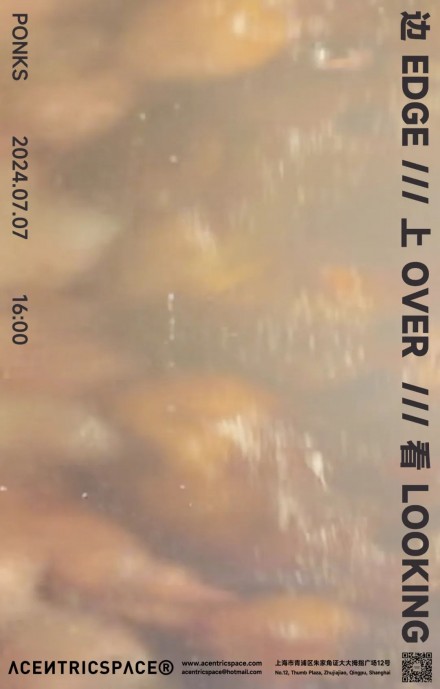
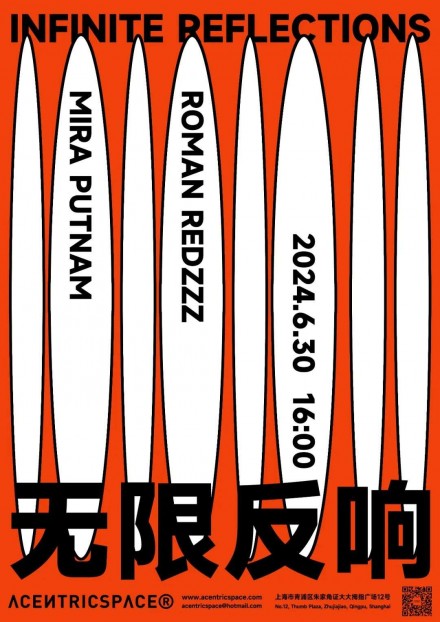
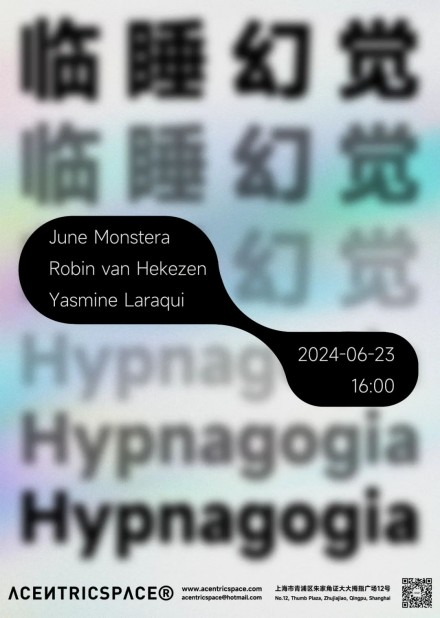
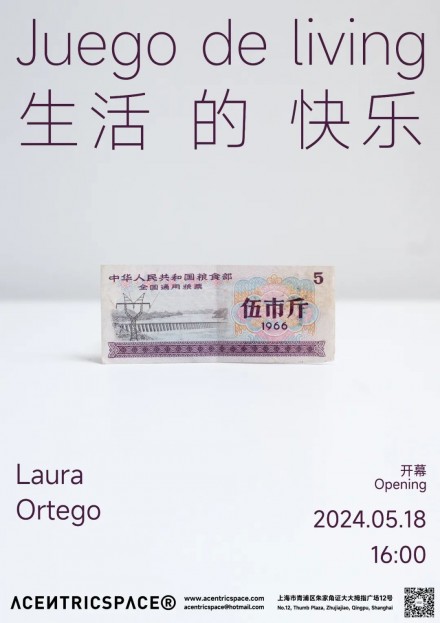
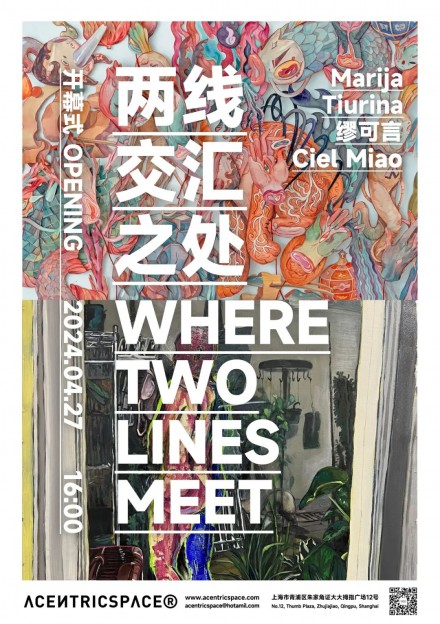
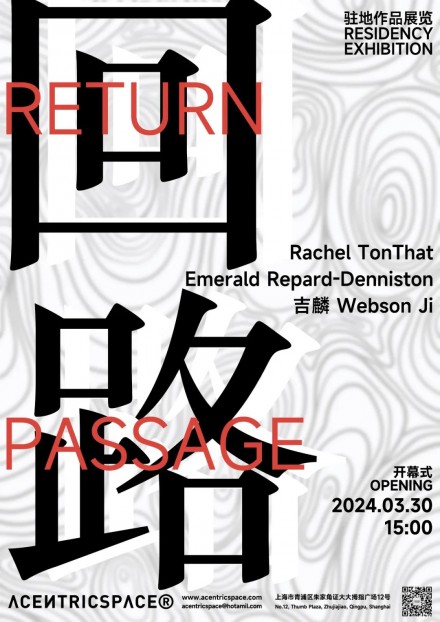
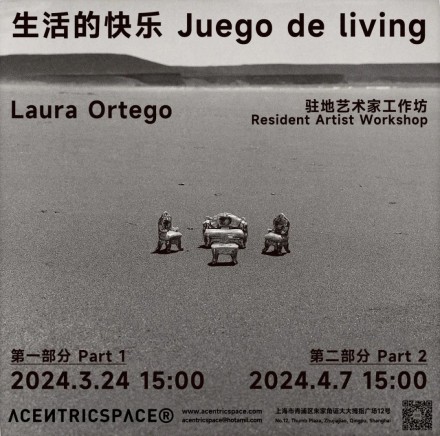
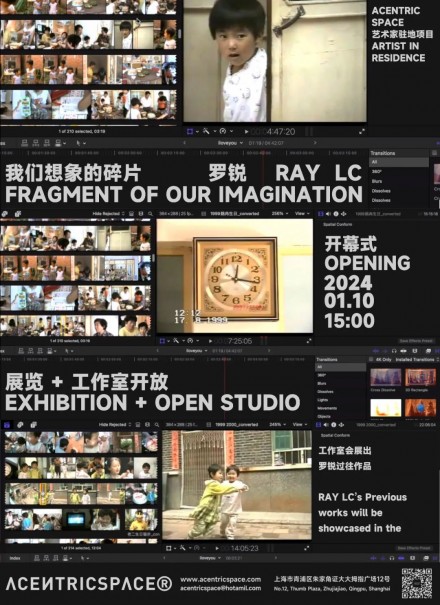
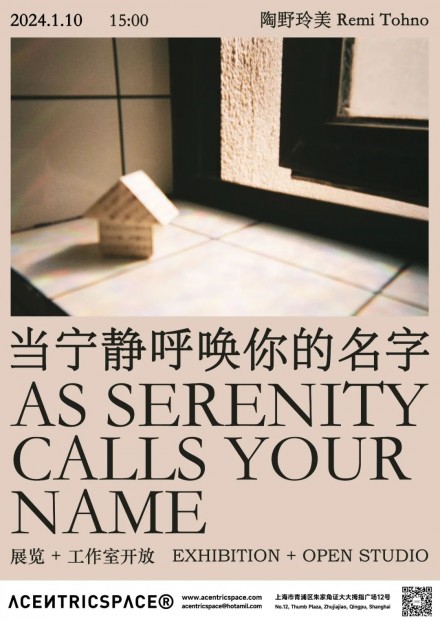
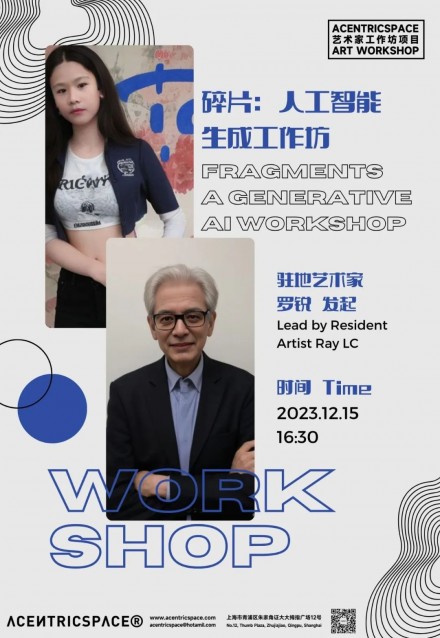
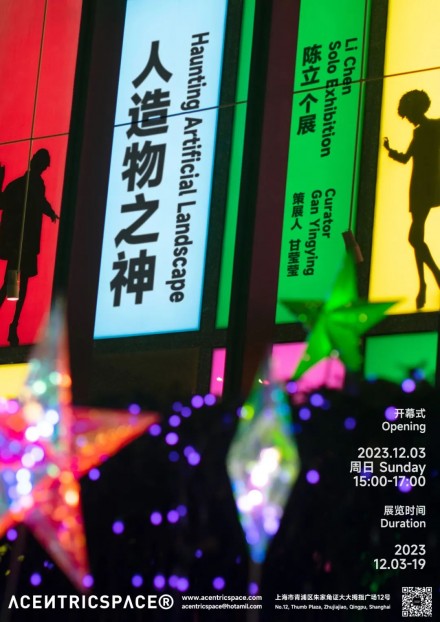
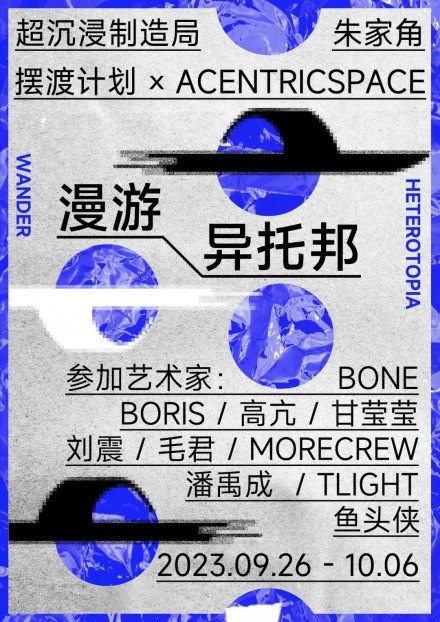
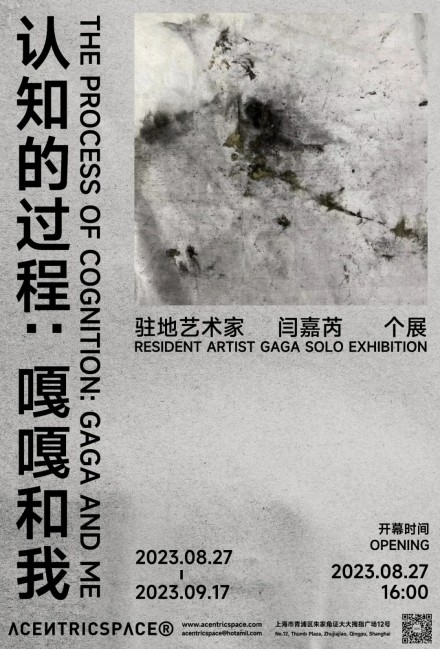
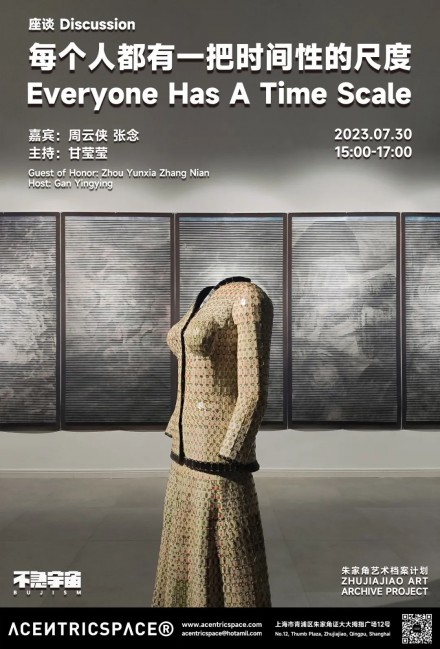
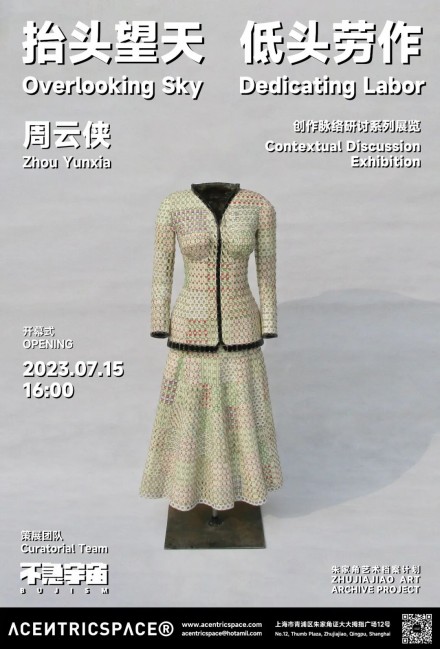
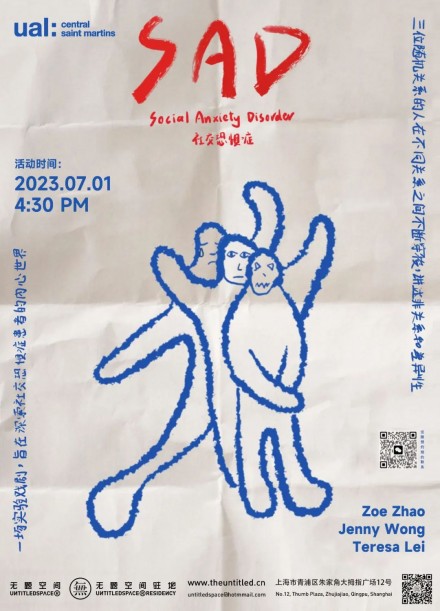
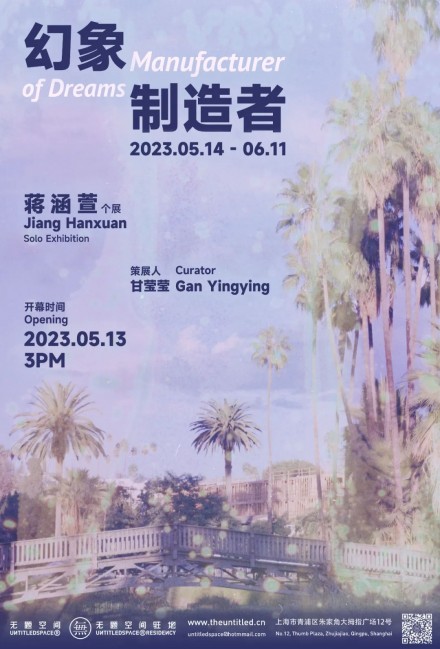
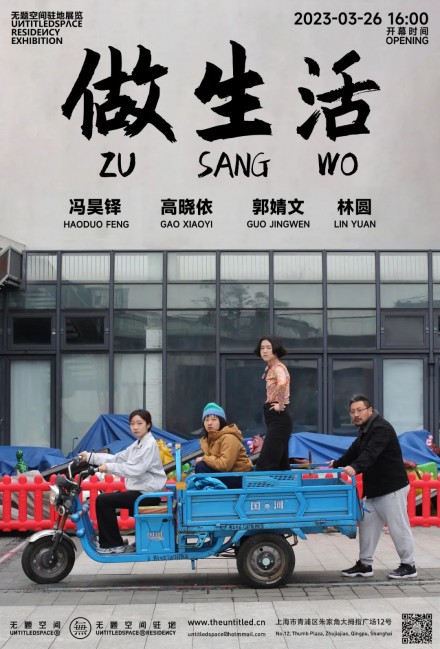
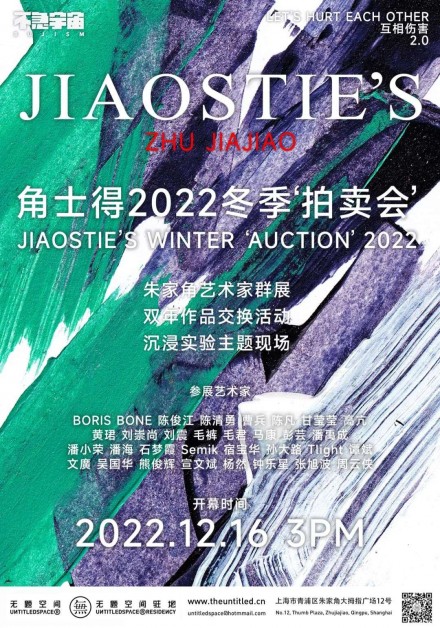
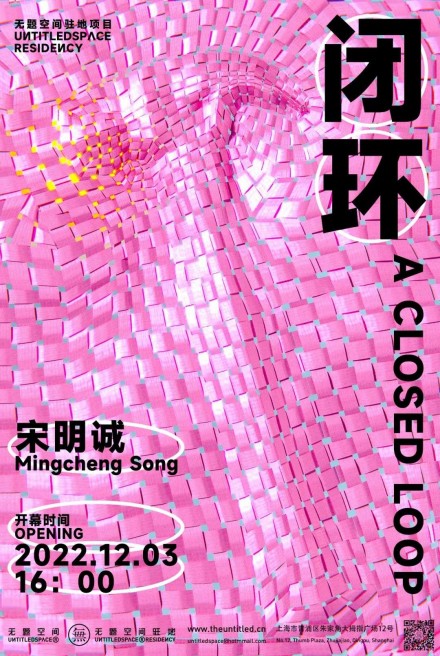
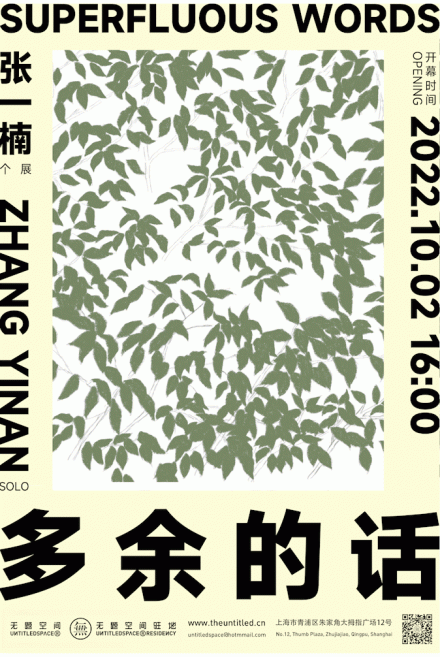
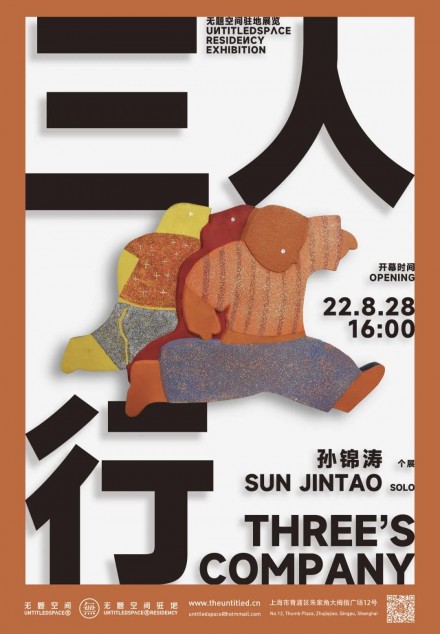
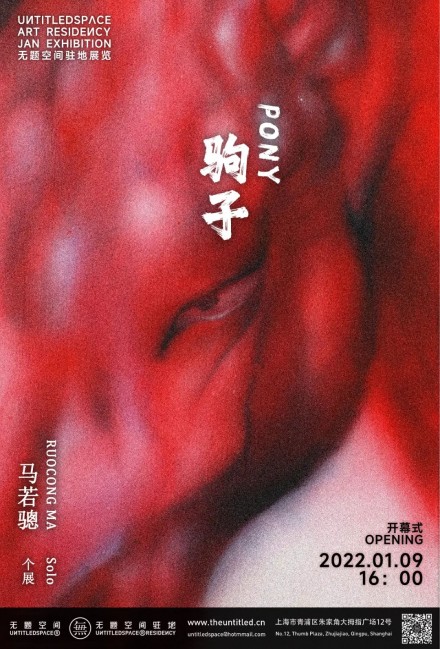
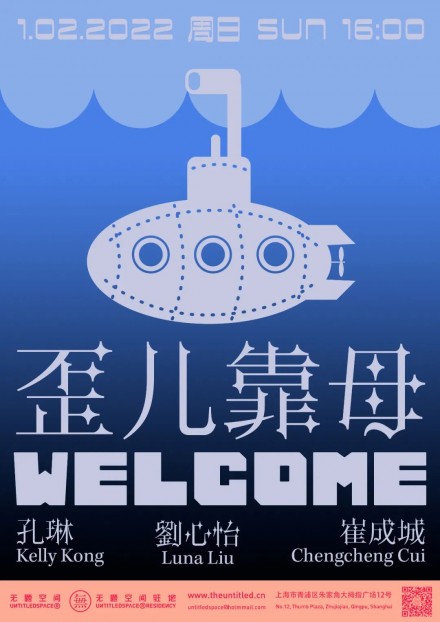
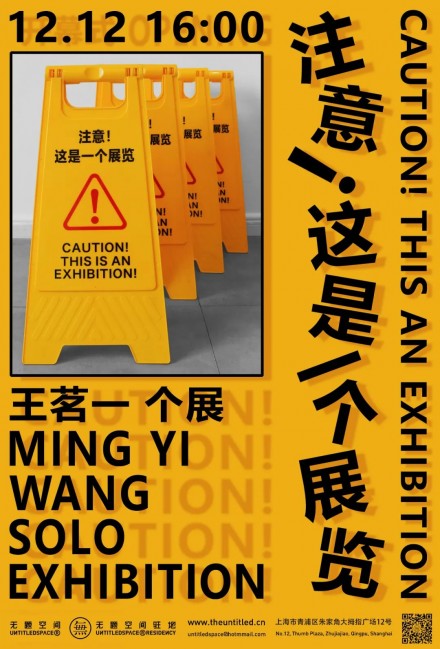
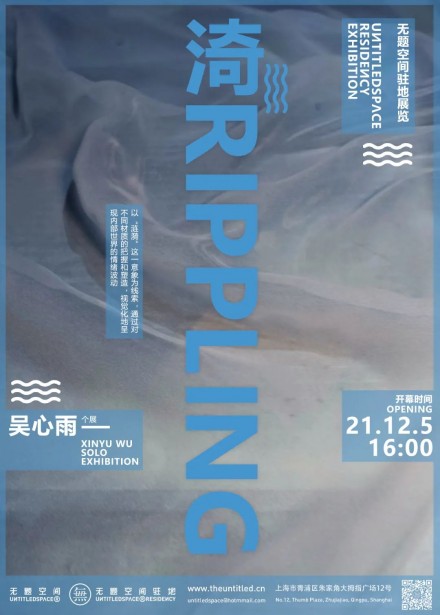
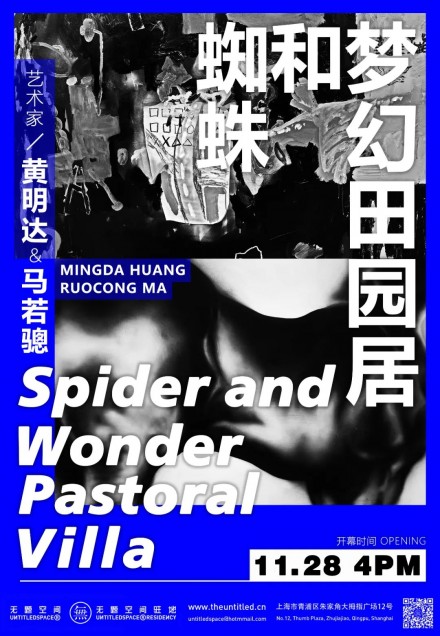
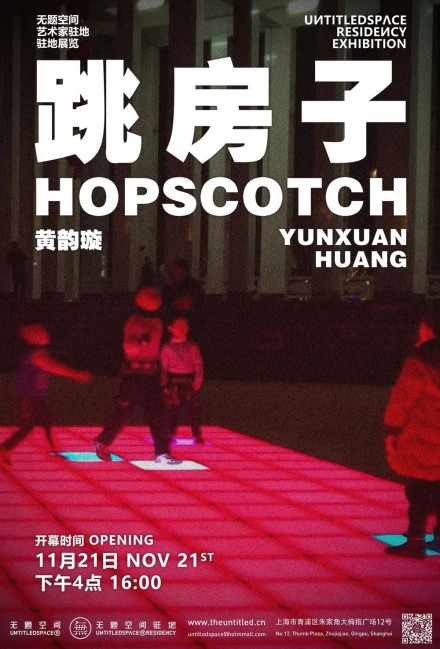
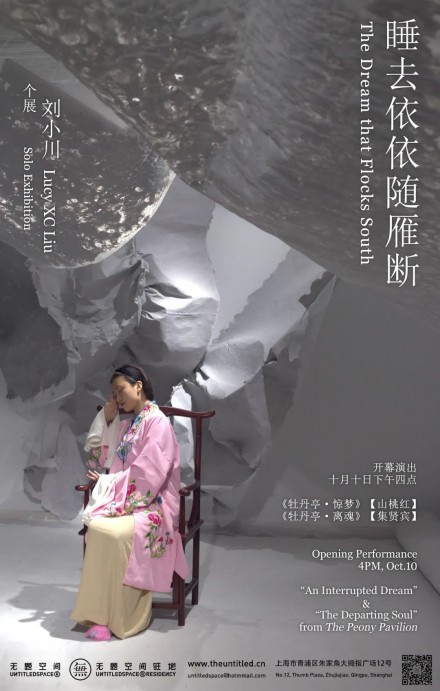
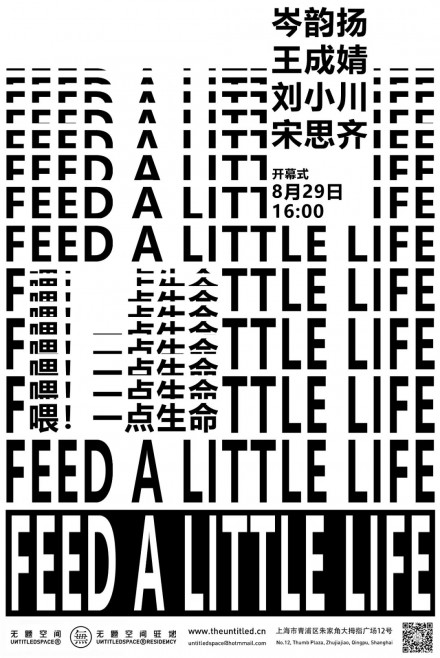
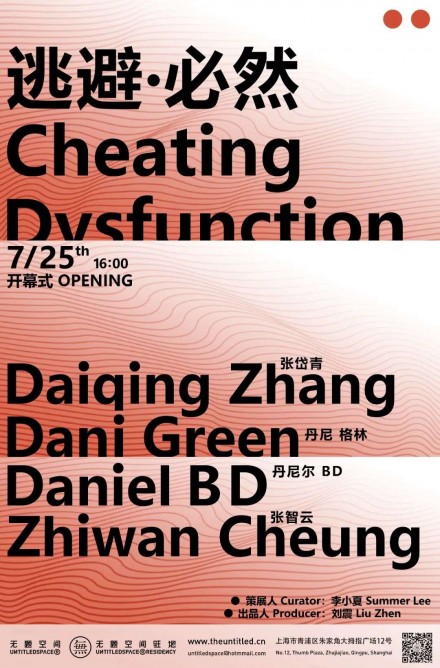
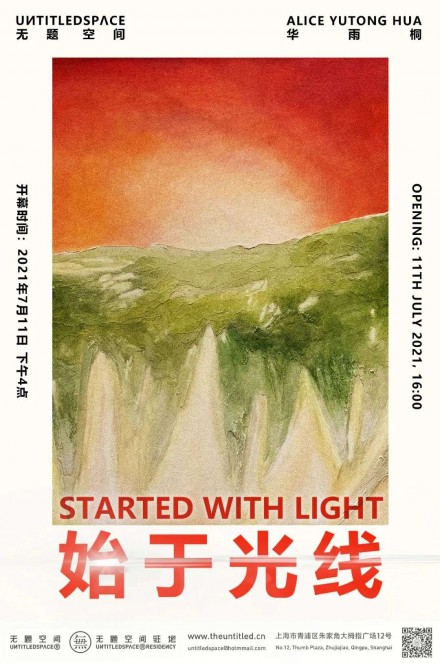
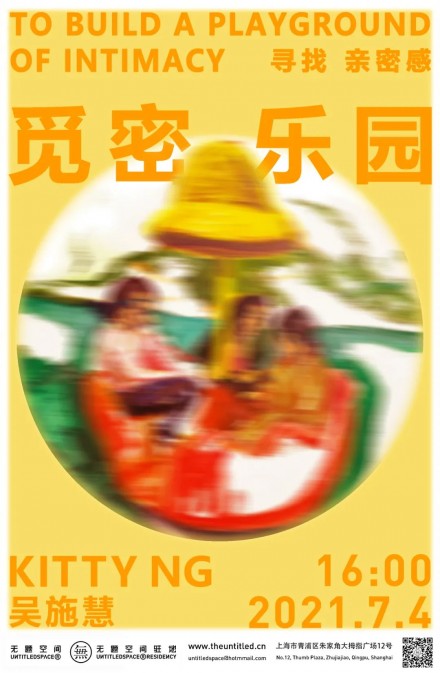
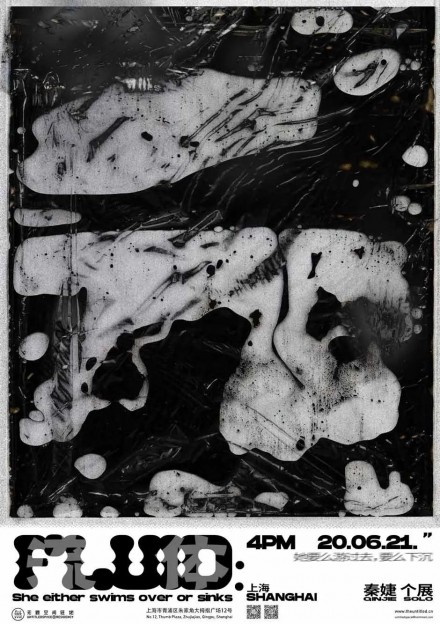
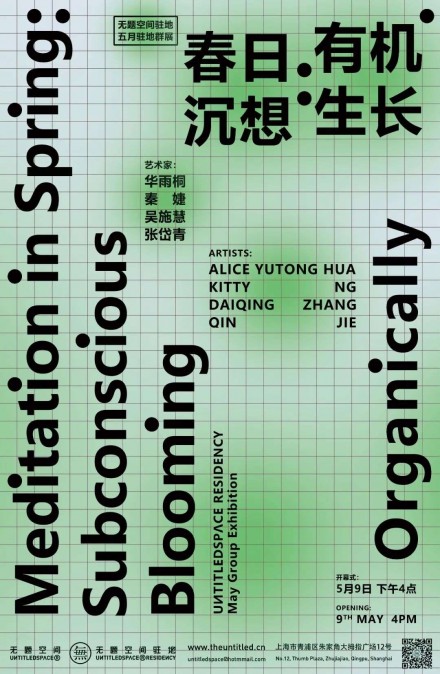

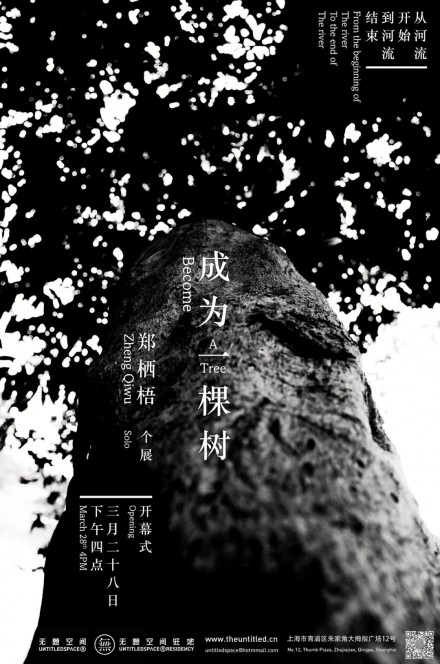
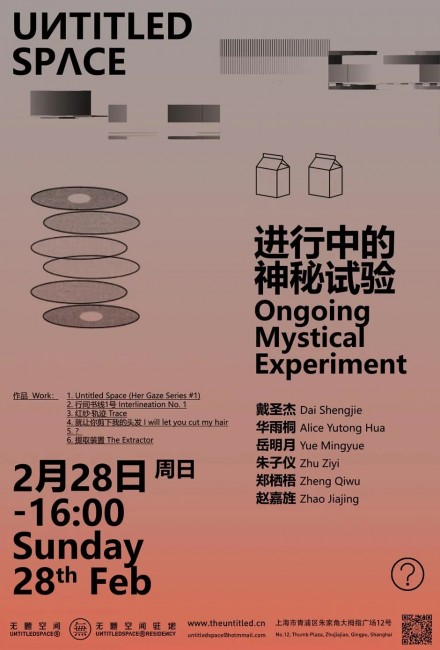
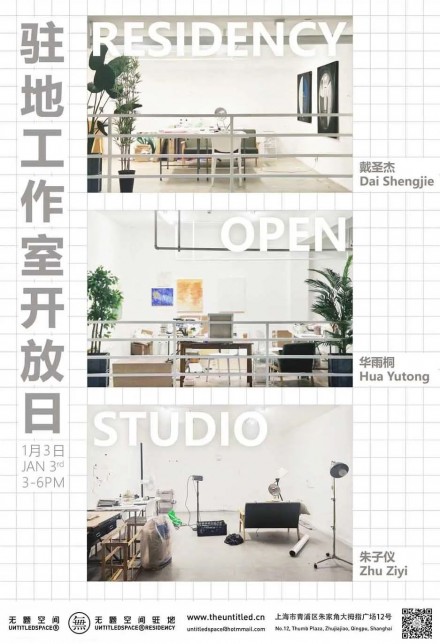
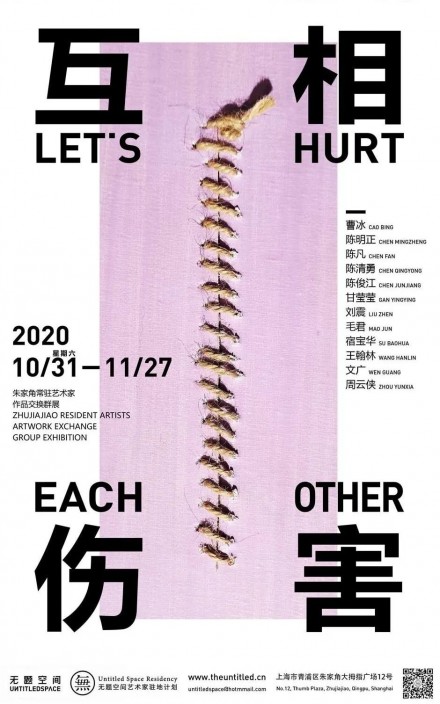

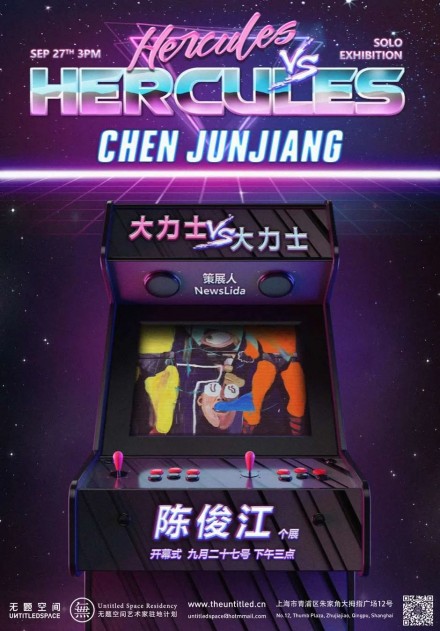
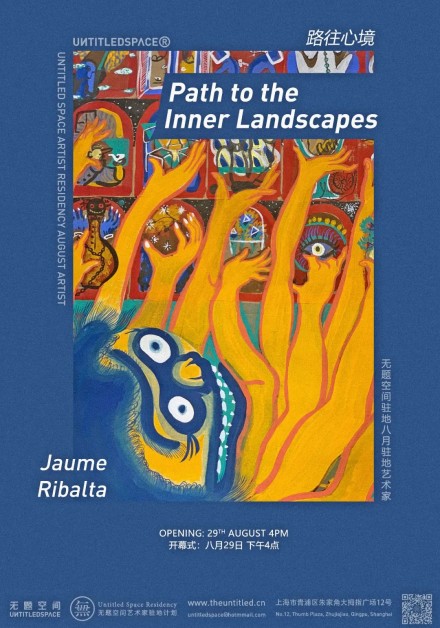
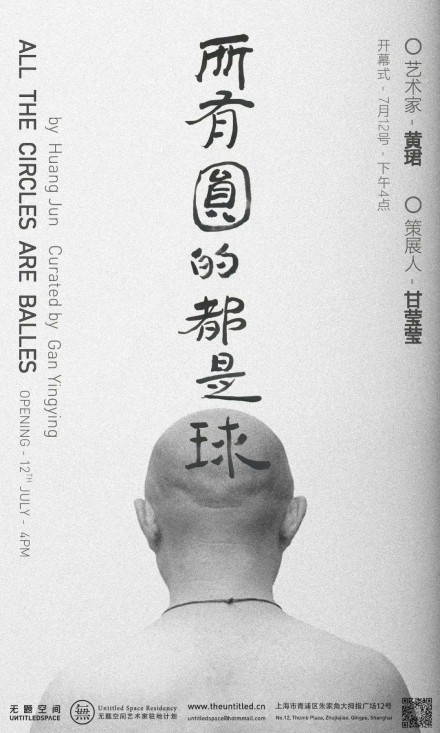
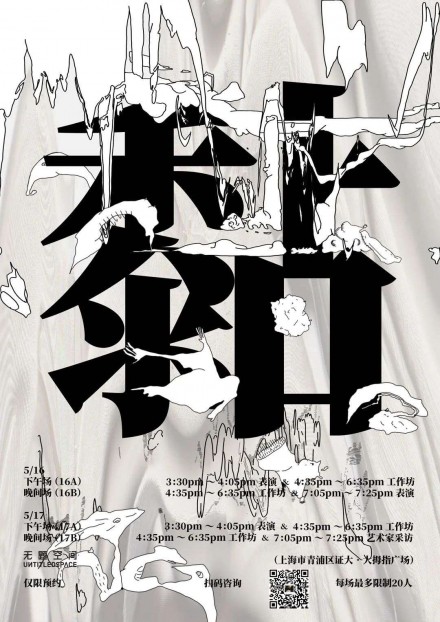
![[超]灾变论 [Hyper-]Catastrophe Theory 舜 Shun](http://www.acentricspace.com/wp-content/uploads/2024/04/wxsync-2024-04-17e42ddfe2087d093ffcdad3f414da34-440x625.jpeg)
